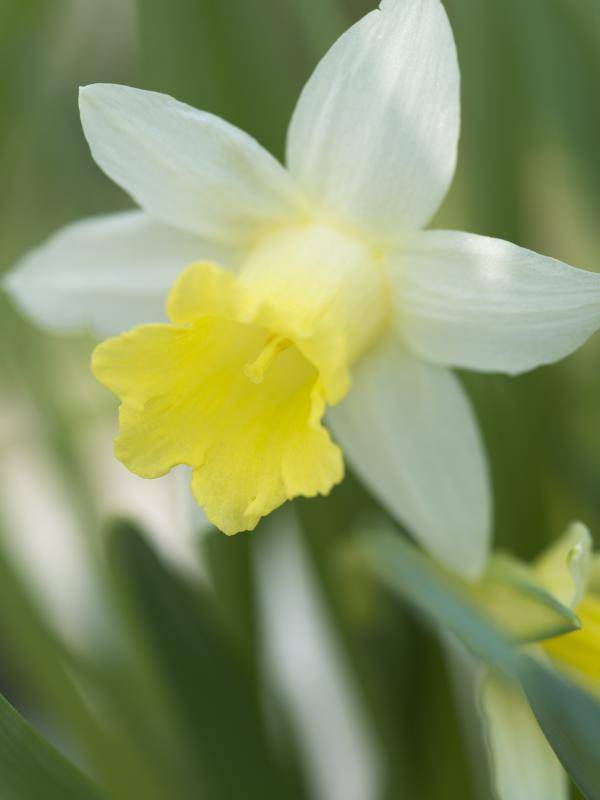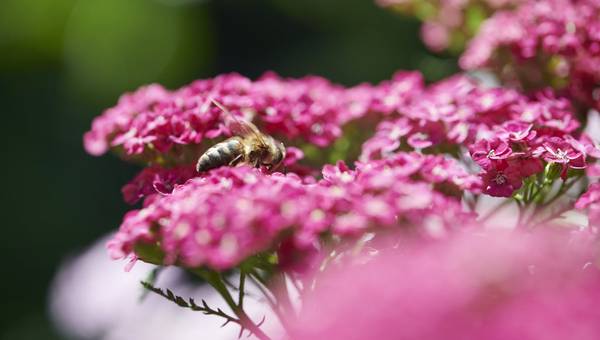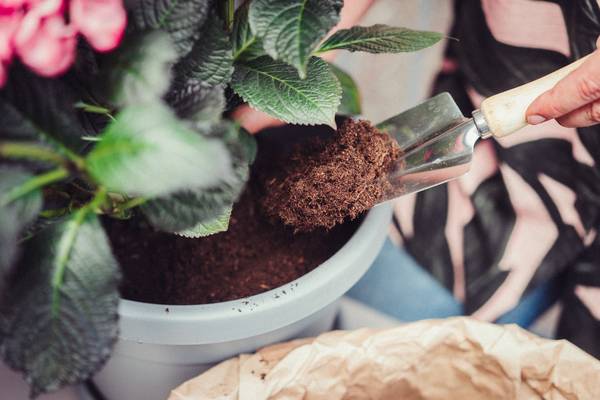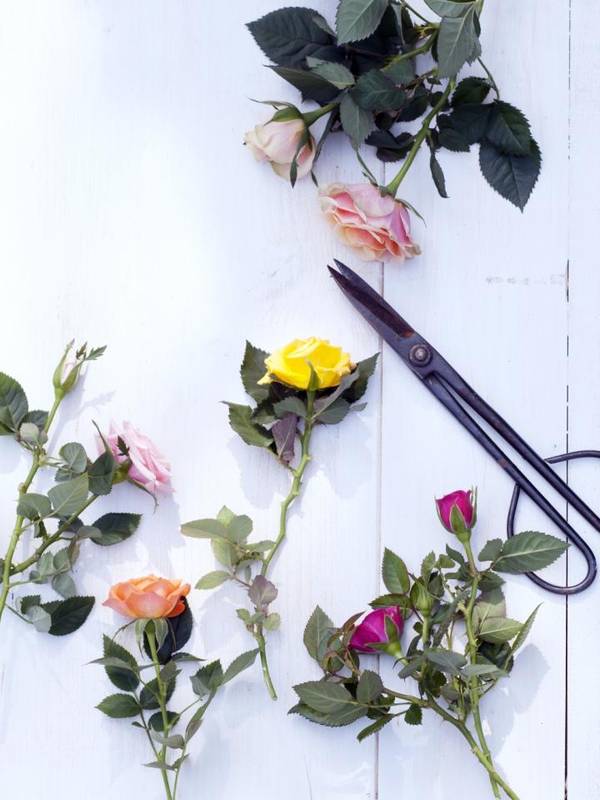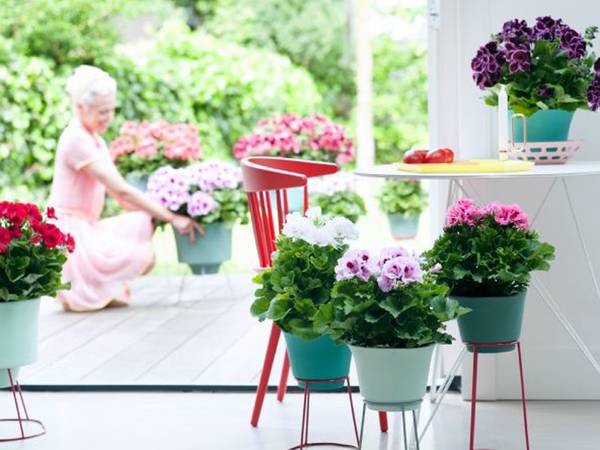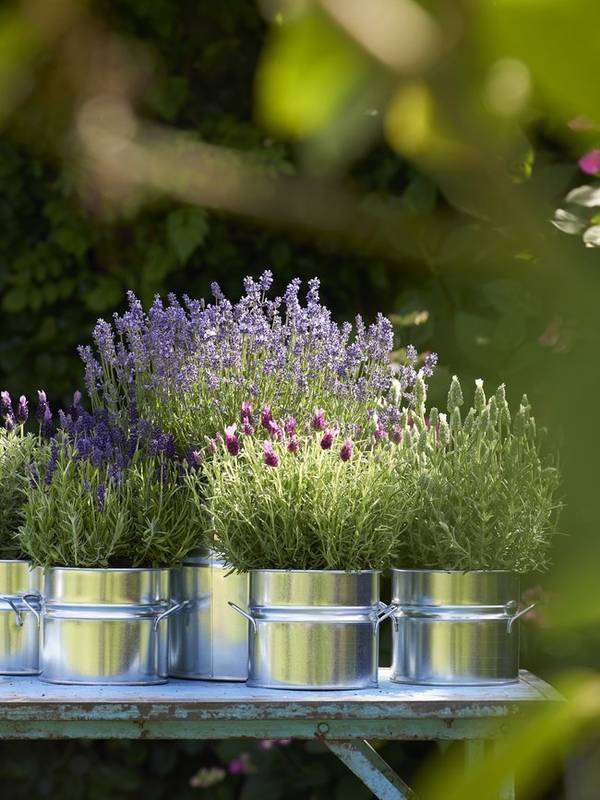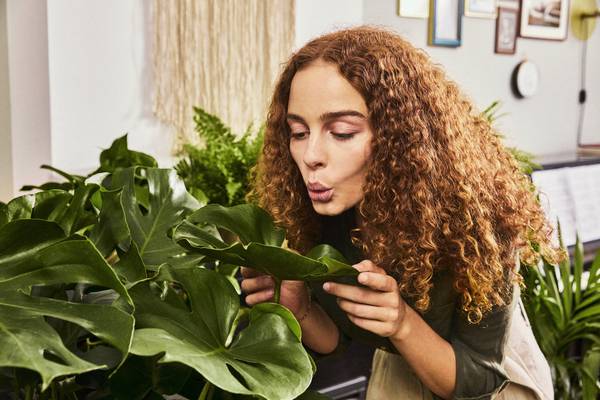
Care
- Daffodils grow and flower best in a light spot.
- The pots can go outdoors from January onwards. A light night frost is not a problem.
- The bulbs and flowers need a lot of water, so don’t allow the soil to dry out.
- The more water they get, the taller they can grow.
- All the nutrition is already present in the bulb, which makes things nice and easy!
- Cutting off wilted flowers leaves the bulb with more energy for the rest of the plant and buds.
- Bulbs that have finished flowering can be scattered in the garden where they will naturalise nicely.
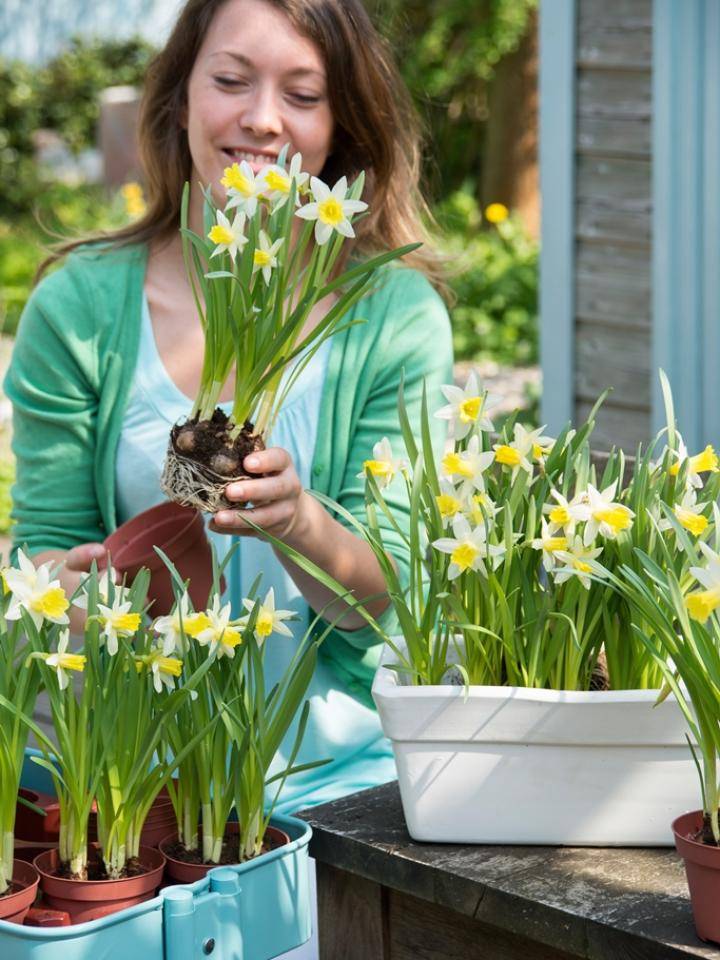
Shapes and colours
Nothing shouts ‘Spring!’ like the daffodil (officially called Narcissus). The bulbs with their green shoots produce smooth stems with small pale brown buds that open out into fabulous trumpet-shaped flowers. The daffodil creates atmosphere instantly and blooms fairly quickly in the sun, but can also tolerate a cold night. As a potted bulb it’s an ideal garden bloomer for quickly and effectively brightening your garden table or borders when it’s still cold and wintry outdoors. Combined with other bulbs like grape hyacinths, crocuses and hyacinths it also makes an amazing group act planted together in the soil or in containers.
Symbolism
- The plant is named after the vain hunter in Greek mythology. Narcissus was so in love with his own reflection in the water that he ultimately drowned in it. That’s why daffodils are always looking down a bit.
- The daffodil is the national plant of Wales. Originally it was the leek. Soldiers wore it on their hats in the early Middle Ages in order to be able to differentiate one another from the enemy. The Welsh word for ‘leek’ is very similar to that for ‘daffodil’. Cenhinen = leek, Cenhinen pedr = daffodil. Because the latter is rather more attractive than a leek, it became the national symbol. It helps that the flower grows and blooms profusely in the wild in Wales.
- The daffodil is the subject of William Wordsworth’s most famous poem: The Daffodils.
Heritage
Double flowers, plain or spotted, large yellow trumpets, dwarves, specimens with sprays of flowers: there are some 88 different types of daffodil in twelve categories. They’re all descended from the wild daffodil which has been growing in the Northern hemisphere since time immemorial. The species that we know here mainly spread from Spain and Portugal to northern Europe. A few species also have a delectable fragrance. Daffodils have been flowering in the Netherlands for a very long time: as far as we know, there were first recorded in 1662 near Zwolle.
